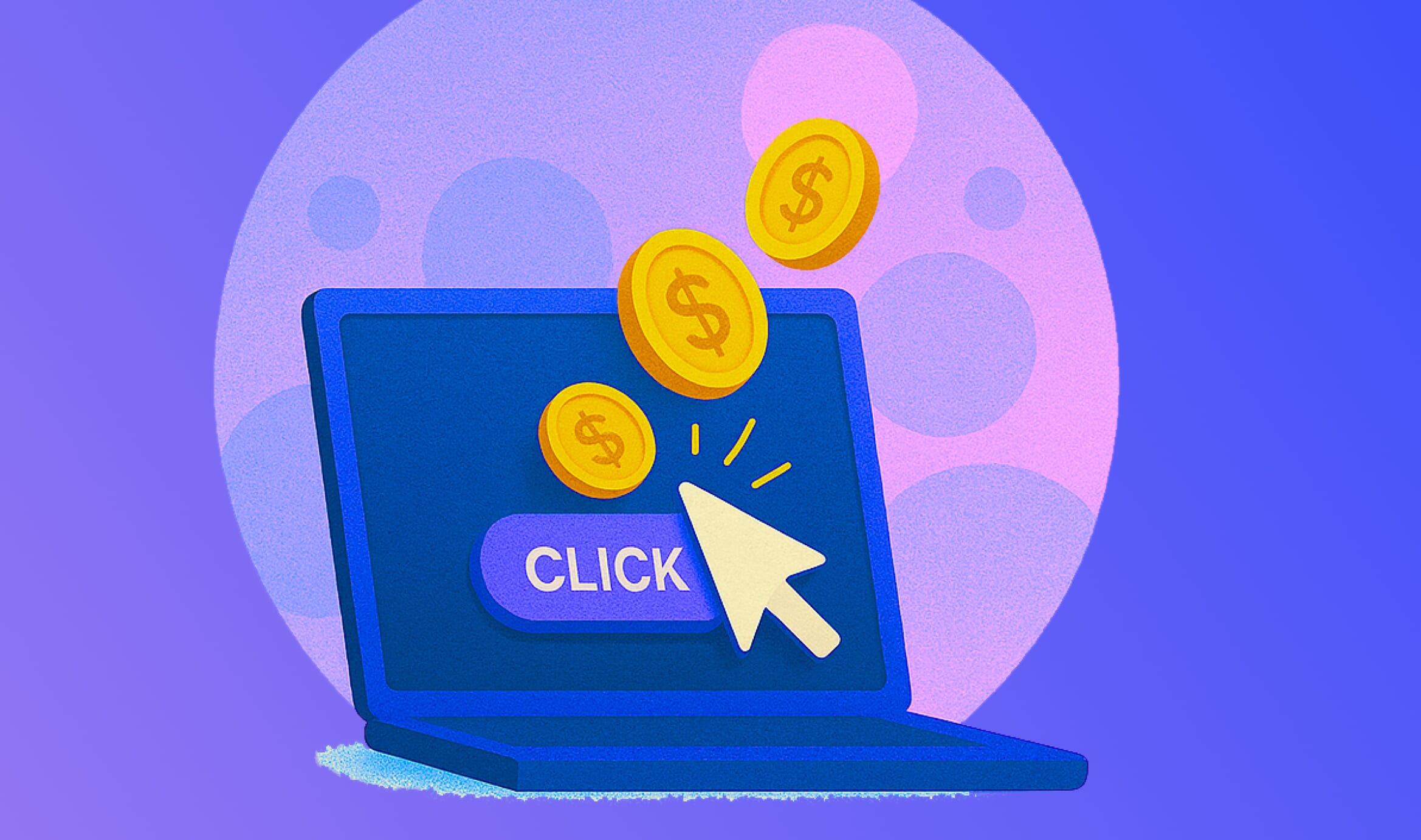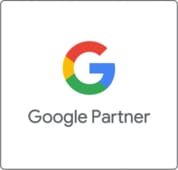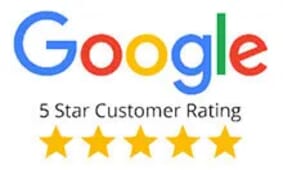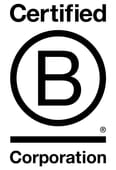Blog
Beyond ROAS: How eCommerce Brands Can Drive Long-Term ROI Through Smarter Paid Media

Tom
Head of social

In today’s fiercely competitive digital landscape, customer acquisition isn’t just difficult, it’s expensive, messy, and often misunderstood.
For eCommerce brands that rely heavily on paid media, the traditional approach of measuring success by Return on Ad Spend (ROAS) is no longer sufficient.
It’s time to go beyond ROAS.
In this blog, our paid media expert Tom explores the harsh realities of new customer acquisition, why traditional attribution often falls short, how to more accurately measure success, and the underestimated role creative design plays in driving long-term ROI.
Watch the full Paid Media Masterclass episode
Customer acquisition is harder than it looks
For many eCommerce brands, acquiring net-new customers is the holy grail of growth, but it is also the most elusive.
Despite sophisticated targeting options and AI-powered algorithms, most platforms like Google Ads and Meta are inherently designed to optimise for short-term returns.
This means both platforms usually prioritise existing or returning customers because they’re easier to convert.
Even when marketers attempt to scale cold traffic campaigns or use “new customer only” bidding features, results are mixed at best.
Despite exclusion lists and careful configuration, platforms often still serve ads to warmer audiences.
We have seen this with brands firsthand with around 90% of reported “new” customers actually turning out to be returning users, leading to a decline in actual sales revenue.
This inherent platform bias skews performance metrics and can mislead marketers into thinking their acquisition strategies are more successful than they truly are, when it comes to bottom line impact.
Redefining success in paid media
Given these challenges, defining what “success” looks like in a paid media strategy might need a complete overhaul.
Instead of chasing instant ROI or ROAS, successful brands are now shifting their focus to business impact, which includes the following metrics:
- Media Efficiency Ratio (MER): Total revenue divided by total media spend
- New customer uplift: Are more new customers being acquired month-over-month?
- Incrementality testing: Using geographic or controlled holdout testing to identify whether campaigns are actually influencing net-new behavior
- Clear profitability: Are you seeing a clear increase in revenue for your activities?
This broader, bottom-line-up perspective helps brands avoid over-optimising for short-term wins and start building a long-term engine for growth.
The attribution mirage
One of the most misunderstood elements of paid media is attribution.
Marketers often rely on platform-reported data, such as last-click conversions, to gauge effectiveness. But attribution models are inherently flawed, especially in multi-touch buyer journeys where the influence of an ad may happen weeks before a conversion.
Traditional attribution windows don’t credit awareness-stage activity, impressions often go untracked, and linear journeys have become a relic of the past. The customer journey today is fragmented across platforms, devices, and time. That makes attribution messy at best, misleading at worst.
Instead of obsessing over which ad gets the credit, smart brands are taking a holistic view of attribution, combining data from:
- Ad platforms
- CRM systems
- Web analytics (GA4, Hotjar, Microsoft Clarity)
- Offline sales teams
This integrated approach provides a clearer picture of how paid media contributes to business performance, even when the dots are hard to connect.
How to measure success (when the data isn’t perfect)
Some of the smaller eCommerce brands we work with, in particular, struggle with generating enough data to create statistical significance. With lower data volumes, automation becomes less effective and minor anomalies can lead to poor strategic decisions.
To work around these constraints, marketers should focus on bridging metrics. These are signals that suggest progress, even if conversions haven’t landed yet. These particular metrics include:
- Increased CTR on awareness ads
- Lower CPCs (indicating improved relevance)
- Higher engagement on social content
- Brand search volume growth
- Longer time spent on site after an ad click
Additionally, using tools like Google Search Console to track branded queries or observing traffic spikes in GA4 can offer valuable proxies for campaign success.
For those with limited budgets, geographic testing is another practical solution. By isolating spend to specific regions and comparing performance to control areas, brands can glean insights into campaign impact without expensive attribution software.
But, what is also clear is that, regardless of the size of the business, or indeed the size of the ad spend, focusing on optimising or reducing spend per click in isolation can be dangerous.
Solely focusing on better ROAS is dangerous if the impact on the bottom line isn’t considered alongside these gains.
Patience is a strategy, not a weakness
A key theme across all SOZO Masterclass video content is that patience isn’t passive, it’s strategic.
Many brands fail because they expect paid media to deliver immediate returns. This mindset leads to early campaign pauses or strategy pivots before results can materialise.
The first 30–90 days of a campaign are often about learning: testing creative, building audience data, and establishing benchmarks. Expecting profitability from day one is unrealistic, especially for cold acquisition efforts.
As a remedy, we try to set realistic expectations with stakeholders. We often use early campaign iterations as investments to generate insight and audience learning, not quick-win sales drivers.
Watch our full Paid Ads masterclass recording
Creative design: the underrated performance driver
Paid media success doesn’t live and die by targeting or bidding strategies. Increasingly, creative execution is the differentiator.
Your creative design, how you appear, what you say, is often the first impression a new customer has of your business. How well your message lands can be the difference between a sale or a swipe.
Good creative design doesn’t just drive clicks; it influences perception, maintains consistency, improves quality scores, and lowers media costs by increasing engagement.
Consumers typically interact across multiple channels, and so standing out for consistently strong creativity is a superpower.
Creative design and execution must also be aligned with post-click experience. Many brands invest heavily in ads, only to drive traffic to uninspiring landing pages or weak offers.
A frictionless path from ad set to call to action includes:
- Strong messaging alignment
- Fast-loading, mobile-optimised landing pages
- Compelling value exchange (e.g., offers, content downloads, exclusive perks)
- Trust elements like testimonials and social proof
In high-consideration purchases, the creative-to-landing page journey must feel seamless. Otherwise, no amount of budget can compensate.
Summary: building a paid media strategy that drives real ROI
Success in paid media is no longer defined by short-term conversions or flashy ROAS figures. The brands winning today are those that:
- Set realistic expectations for performance timelines
- Understand the real impact of the activity
- Focus on long-term value and true business impact
- Accept attribution limitations and use multiple data sources
- Prioritise testing, measurement, and continual optimisation
- Leverage creative design and compelling offers to increase engagement
- Treat patience as an active strategy, not a fallback plan
Customer acquisition will always be a challenge, but with the right approach, the payoff is worth it.
By redefining success beyond ROAS and building smarter, more resilient paid media strategies, eCommerce brands can drive meaningful, sustainable growth.
If you’re ready to take a smarter approach to paid media, the SOZO team is here to help. Here’s our PPC service page.
Let’s talk about how we can grow your brand with clarity, creativity, and long-term sustainability. Get in touch today.
Sign up to our newsletter
Keen to learn more about how to grow online?
Get our latest advice articles, masterclass
videos and webinars.
curious for more?














